2. Gursoy D, Chi CG. Effects of COVID-19 pandemic on hospitality industry: review of the current situations and a research agenda. J Hosp Mark Manag. 2020; 29:527–529.

3. Jo H, Shin E, Kim H. Changes in consumer behaviour in the post-COVID-19 era in Seoul, South Korea. Sustainability. 2021; 13:136.

5. Kim YJ, Cho JH, Kang SW. Study on the relationship between leisure activity participation and wearing a mask among Koreans during COVID-19 crisis: using TPB model. Int J Environ Res Public Health. 2020; 17:7674.

6. Ajzen I, Timko C, White JB. Self-monitoring and the attitude–behavior relation. J Pers Soc Psychol. 1982; 42:426–435.

7. Yost E, Cheng Y. Customers' risk perception and dine-out motivation during a pandemic: Insight for the restaurant industry. Int J Hospit Manag. 2021; 95:102889.

9. Brug J, Aro AR, Oenema A, de Zwart O, Richardus JH, Bishop GD. SARS risk perception, knowledge, precautions, and information sources, the Netherlands. Emerg Infect Dis. 2004; 10:1486–1489. PMID:
15496256.

10. Cheng C, Ng AK. Psychosocial factors predicting SARS-preventive behaviors in four major SARS-affected regions. J Appl Soc Psychol. 2006; 36:222–247.

11. Ajzen I, Fishbein M. A Bayesian analysis of attribution processes. Psychol Bull. 1975; 82:261–277.

12. Ajzen I, Fishbein M. Understanding Attitudes and Predicting Social Behavior. Englewood Cliffs (NJ): Prentice-Hall;1980.
13. Ajzen I. The theory of planned behavior. Organ Behav Hum Decis Process. 1991; 50:179–211.

14. Das AK, Jilani MMAK, Uddin MS, Uddin A, Ghosh AK. Fighting ahead: adoption of social distancing in COVID-19 outbreak through the lens of theory of planned behavior. J Hum Behav Soc Environ. 2021; 31:373–393.

15. Joveini H, Zare Z, Hashemian M, Mehri A, Shahrabadi R, Mahdavifar N, Aval HE. Investigating Iranians' attitude, practices, and perceived self-efficacy towards coronavirus preventive behaviors. Res Sq. 2020. p. 1–15.

16. Kim HK, Tandoc EC Jr. Wear or not to wear a mask? Recommendation inconsistency, government trust and the adoption of protection behaviors in cross-lagged TPB models. Health Commun. 2021; 1–9.

17. Fan C. A comparison of attitudes towards mental illness and knowledge of mental health services between Australian and Asian students. Community Ment Health J. 1999; 35:47–56. PMID:
10094509.
18. Williams NJ, Whittle JG, Gatrell AC. The relationship between socio-demographic characteristics and dental health knowledge and attitudes of parents with young children. Br Dent J. 2002; 193:651–654. PMID:
12607623.

19. Ajilore K, Atakiti I, Onyenankeya K. College students' knowledge, attitudes and adherence to public service announcements on Ebola in Nigeria: suggestions for improving future Ebola prevention education programmes. Health Educ J. 2017; 76:648–660.

20. Tachfouti N, Slama K, Berraho M, Nejjari C. The impact of knowledge and attitudes on adherence to tuberculosis treatment: a case-control study in a Moroccan region. Pan Afr Med J. 2012; 12:52. PMID:
22937192.
21. Al-Hanawi MK, Angawi K, Alshareef N, Qattan AM, Helmy HZ, Abudawood Y, Alqurashi M, Kattan WM, Kadasah NA, Chirwa GC, et al. Knowledge, attitude and practice toward COVID-19 among the public in the Kingdom of Saudi Arabia: a cross-sectional study. Front Public Health. 2020; 8:217–227. PMID:
32574300.

22. Ajzen I, Joyce N, Sheikh S, Cote NG. Knowledge and the prediction of behavior: The role of information accuracy in the theory of planned behavior. Basic Appl Soc Psych. 2011; 33:101–117.

23. Dumitrescu AL, Wagle M, Dogaru BC, Manolescu B. Modeling the theory of planned behavior for intention to improve oral health behaviors: the impact of attitudes, knowledge, and current behavior. J Oral Sci. 2011; 53:369–377. PMID:
21959666.

24. Bae SY, Chang PJ. The effect of coronavirus disease-19 (COVID-19) risk perception on behavioural intention towards ‘untact’ tourism in South Korea during the first wave of the pandemic (March 2020). Curr Issues Tour. 2021; 24:1017–1035.

25. Chen MF. Modeling an extended theory of planned behavior model to predict intention to take precautions to avoid consuming food with additives. Food Qual Prefer. 2017; 58:24–33.

26. Mari S, Tiozzo B, Capozza D, Ravarotto L. Are you cooking your meat enough? The efficacy of the theory of planned behavior in predicting a best practice to prevent salmonellosis. Food Res Int. 2012; 45:1175–1183.

27. Mullan B, Wong C, Kothe E. Predicting adolescent breakfast consumption in the UK and Australia using an extended theory of planned behaviour. Appetite. 2013; 62:127–132. PMID:
23219456.

28. Staples JN, Wong MS, Rimel BJ. An educational intervention to improve human papilloma virus (HPV) and cervical cancer knowledge among African American college students. Gynecol Oncol. 2018; 149:101–105. PMID:
29605043.

29. Ajzen I, Cote NG. Attitudes and the prediction of behavior. Crano WD, Prislin R, editors. Attitudes and Attitude Change. New York (NY): Psychology Press;2008. p. 289–311.
30. La Barbera F, Ajzen I. Control interactions in the theory of planned behavior: Rethinking the role of subjective norm. Eur J Psychol. 2020; 16:401–417. PMID:
33680190.

31. Ajzen I. Perceived behavioral control, self\xe2\x80\x90efficacy, locus of control, and the theory of planned behavior. J Appl Soc Psychol. 2002; 32:665–683.
32. Bagozzi RP, Yi Y. On the evaluation of structural equation models. J Acad Mark Sci. 1988; 16:74–94.

33. Fornell C, Larcker DF. Structural equation models with unobservable variables and measurement error: Algebra and statistics. J Mark Res. 1981; 18:382–388.

34. Zhong Y, Oh S, Moon HC. What can drive consumers' dining-out behavior in China and Korea during the COVID-19 pandemic? Sustain. 2021; 13:1724.

35. Gerend MA, Shepherd JE. Predicting human papillomavirus vaccine uptake in young adult women: comparing the health belief model and theory of planned behavior. Ann Behav Med. 2012; 44:171–180. PMID:
22547155.

36. Ravlin EC, Liao Y, Morrell DL, Au K, Thomas DC. Collectivist orientation and the psychological contract: mediating effects of creditor exchange ideology. J Int Bus Stud. 2012; 43:772–782.

37. Nguyen N, Nguyen HV, Nguyen PT, Tran VT, Nguyen HN, Nguyen TMN, Cao TK, Nguyen TH. Some key factors affecting consumers' intentions to purchase functional foods: a case study of functional yogurts in Vietnam. Foods. 2019; 9:24.

38. de Vries H, Dijkstra M, Kuhlman P. Self-efficacy: the third factor besides attitude and subjective norm as a predictor of behavioural intentions. Health Educ Res. 1988; 3:273–282.

39. Guerin RJ, Toland MD. An application of a modified theory of planned behavior model to investigate adolescents' job safety knowledge, norms, attitude and intention to enact workplace safety and health skills. J Safety Res. 2020; 72:189–198. PMID:
32199561.

40. Kim K, Bonn MA, Cho M. Clean safety message framing as survival strategies for small independent restaurants during the COVID-19 pandemic. J Hosp Tour Manage. 2021; 46:423–431.

41. In : Yastica TV, Salma SA, Caesaron D, Safrudin YN, Pramadya AR, editors. Application of theory planned behavior (TPB) and health belief model (HBM) in COVID-19 prevention: a literature review. Proceedings of 2020 6th International Conference on Interactive Digital Media (ICIDM); 2020 Dec 14-15; Bandung, Indonesia. Piscataway: IEEE;2020.
42. McDermott MS, Oliver M, Simnadis T, Beck EJ, Coltman T, Iverson D, Caputi P, Sharma R. The Theory of Planned Behaviour and dietary patterns: a systematic review and meta-analysis. Prev Med. 2015; 81:150–156. PMID:
26348455.

43. Soltani R, Sharifirad G, Mahaki B, Eslami AA. Determinants of oral health behavior among preschool children: application of the theory of planned behavior. J Dent (Shiraz). 2018; 19:273–279. PMID:
30680299.
44. Pedersen MJ, Favero N. Social distancing during the COVID-19 pandemic: who are the present and future non-compliers? Public Adm Rev. 2020; 80:805–814.
45. Ajzen I. Attitudes, Personality and Behaviour. Milton Keynes: Open University Press;1988.
46. Yanti B, Wahyudi E, Wahiduddin W, Novika RG, Arina YM, Martani NS, Nawan N. Community knowledge, attitudes, and behavior towards social distancing policy as prevention transmission of COVID-19 in Indonesia. J Adm Kesehat Indonesia. 2020; 8:4–14.

47. Al-Mohrej OA, Al-Shirian SD, Al-Otaibi SK, Tamim HM, Masuadi EM, Fakhoury HM. Is the Saudi public aware of Middle East respiratory syndrome? J Infect Public Health. 2016; 9:259–266. PMID:
26589657.

48. Bawazir A, Al-Mazroo E, Jradi H, Ahmed A, Badri M. MERS-CoV infection: mind the public knowledge gap. J Infect Public Health. 2018; 11:89–93. PMID:
28647126.

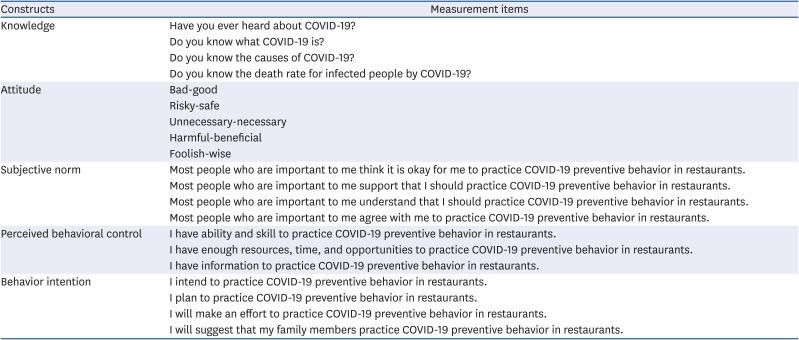
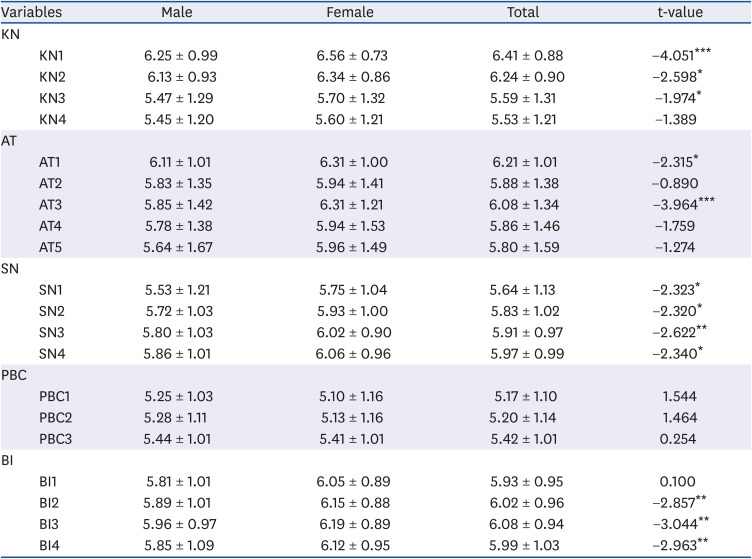
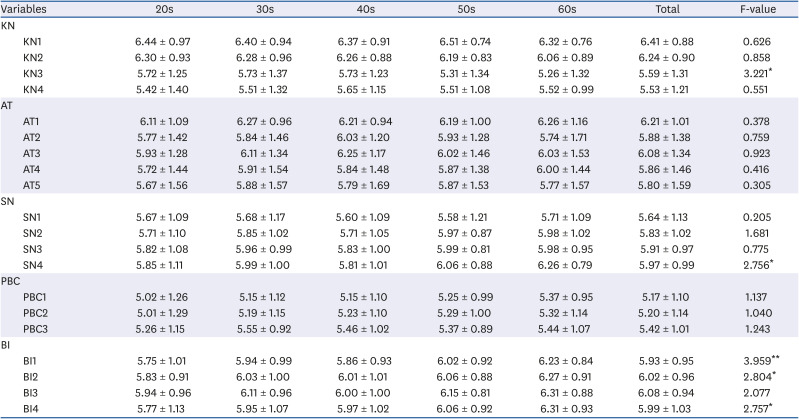







 PDF
PDF Citation
Citation Print
Print



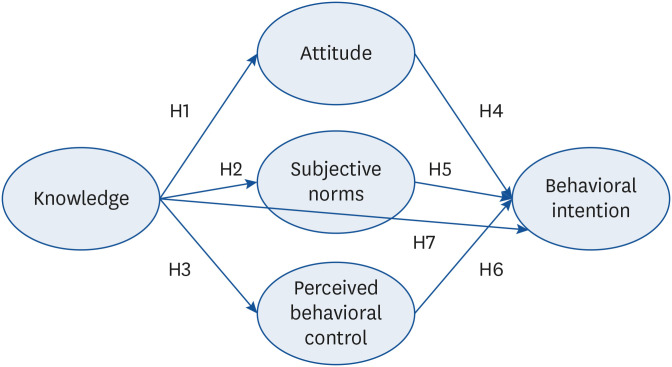
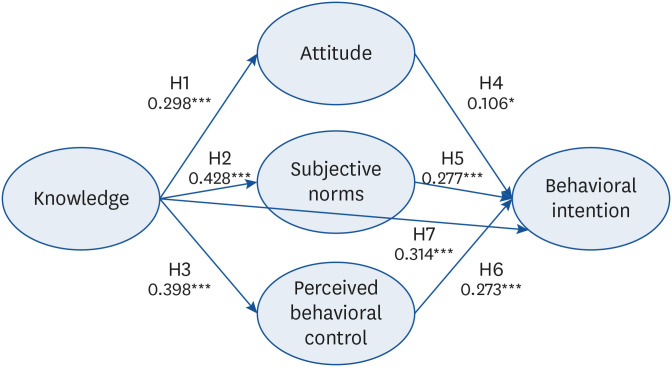
 XML Download
XML Download